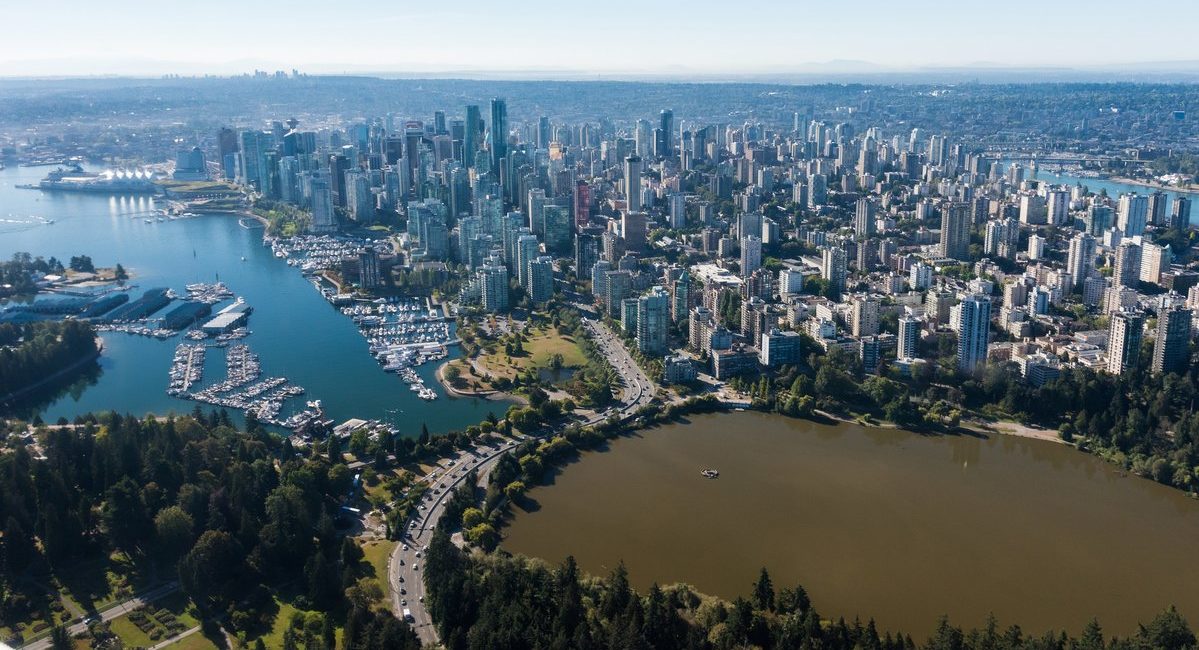Vancouver City Council has voted to adopt the Rain City Strategy, which reimagines how the city manages stormwater using green infrastructure.
“As residents of a coastal city in a temperate rainforest, we have a deep connection to water in all its forms,” said Vancouver Mayor Kennedy Stewart. “However, as we grapple with climate change and Vancouver continues to grow in the decades to come, charting a new course for the way we manage rainwater will be vital.”
The Rain City Strategy outlines a series of actions to improve water quality in the natural environment, increase the resilience to climate change, and enhance natural ecosystems in the city.
The city intends to achieve the goals primarily through the expansion of green rainwater infrastructure to absorb and clean rainwater. As part of the plan, city staff have recommended a capital project budget of $1.5 million to support a green infrastructure team and the implementation of a green infrastructure plan.
The Rain City Strategy operates Integrated Stormwater Management Plans for each watershed within Vancouver’s municipal boundaries. There are three watersheds encompassing Vancouver’s drainage, the Still Creek, Musqueam, and greater urban area that drains into the Fraser River.
Presently, Vancouver currently has over 240 green rainwater infrastructure assets in its streets and many more in parks and other public spaces throughout the city. Examples of green rainwater infrastructure throughout the city include:
63rd and Yukon
This public plaza at West 63rd Avenue and Yukon Street uses a rain garden and a bioswale to manage urban rainwater runoff from adjacent streets. The plaza captures, retains, and treats urban rainwater runoff from more than 1,170 square meters of surrounding roads and sidewalks.
Quebec and 1st Ave
Along a new separated bike lane at Quebec and East 1st Avenue, urban rainwater runoff from the surrounding pavement is directed into underground trenches and bioswales for treatment, infiltration, and uptake by plants and street trees.
Blue-green roof pilot at Helena Gutteridge Plaza at City Hall
This recently-installed demonstration project at 10th Avenue and Yukon below City Hall is designed to help the city better understand the benefits of rainwater capture on four types of roofs: conventional, green, blue, and blue-green.
Wetland at Hinge Park in Southeast False Creek
This rainwater management feature in Hinge park manages 2/3 of the street rainwater runoff from the Olympic Village neighbourhood, while providing rich habitat and biodiversity within the park. Polluted urban rainwater runoff is filtered through the plants and ecology in the wetland to clean it before being discharged in to False Creek.
Rain City Strategy goals
Another key rain city strategy goal that the city has set is to better manage water accumulation during extreme rainfall to reduce flooding and improve water quality, moving toward the city’s overall goal of capturing and treating 90 per cent of Vancouver’s average annual rainfall.
The strategy also sets new design standards for green rainwater infrastructure practices, doubling the minimum volume of rainwater managed through green rainwater infrastructure from 24mm per day to 48mm per day and establishing a target to manage rainwater volume and water quality for 40% of Vancouver’s impervious areas by 2050.
The Rain City Strategy supports Vancouver’s new One Water approach.









